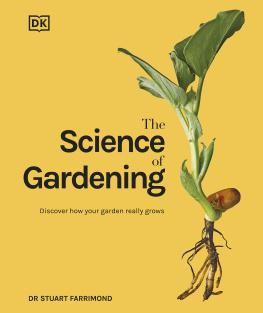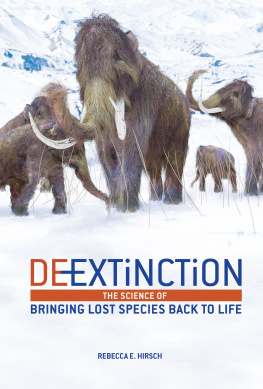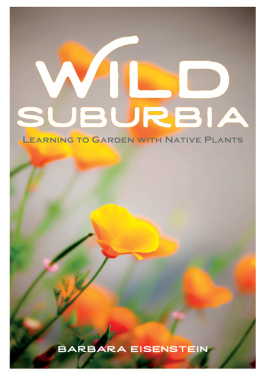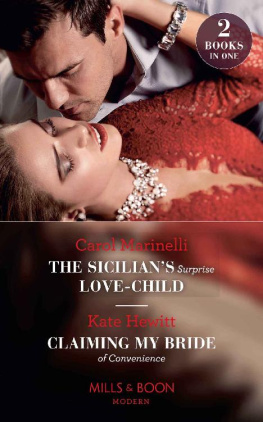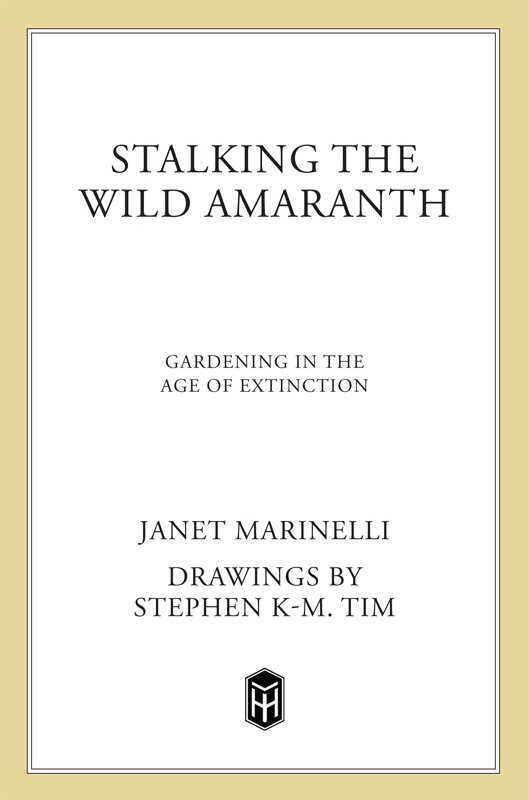Contents
Guide

The author and publisher have provided this e-book to you for your personal use only. You may not make this e-book publicly available in any way. Copyright infringement is against the law. If you believe the copy of this e-book you are reading infringes on the authors copyright, please notify the publisher at: us.macmillanusa.com/piracy.
Contents
To Don
Introduction: Stalking the Wild Amaranth
MY LEGS WERE killing me; I was ready to collapse in the sand and take a nap. Only sheer vanity kept me going: no way was I going to wimp out now and make Brooklyn Botanic Garden botanist Steve Clemants rue the day he agreed to let me accompany him on his five-day pursuit of the elusive seabeach amaranth. Feeling the weight of every Milky Way bar Id devoured over the past twelve months, I plodded on.
It was late September, my second day of combing the ocean beaches of eastern Long Island for this rare wild relative of the showy celosias, amaranths, and gomphrenas that so many gardeners lust after. The day before, Steve and I had trudged thirteen miles through the sand, searching between tide line and dune for the plant, which had for forty years been thought extinct in New York State. Not a trace.
For years Ive thought nothing about driving clear across the state in quest of the perfect delphinium for my flower border. But this was the first time Id ever headed out to hunt for plants of the nongarden persuasion. As the sun arced across the sky and the wind continued to whip my face, I felt a new respect for professional plantwatchers such as Steve.
Tough life, Id replied, green with envy, when he first mentioned that he was going to the Hamptons to look for some endangered whatchamacallit. Id trade my computer for a field guide any day.
Steve and his fellow classical botanists, called taxonomists, see life in terms of genus and species. Theyre interested in which plants grow where. They wield microscopes and work in laboratories but also get out into the bush. They are the front line in the worldwide effort to save species, sounding the alarm on those that are on the verge of extinction. Some write so-called monographs on particular groups of plants, while others spend lifetimes working on florasbasically, catalogs of the vegetation of certain geographic regions.
Taxonomists are as rare as an increasing number of the plants they study. Most young biologists these days are instead attracted to the Nobel-spangled fields of microbiology. If those who investigate the subatomic universe of plant DNA are the celebrities of contemporary botany, then taxonomists must be the gruntsor so I concluded as I nursed a blister on my big toe during one of our all-too-infrequent rest stops.
What ever made you decide to become a botanist? I asked dubiously.
It happened the spring semester of my freshman year, said Steve, an understated Minnesotan with a bushy red beard and the patience of a saint. I started out as a computer-science major. But I was spending all my days waiting for computer cards to run, playing blackjack in student lounges. One beautiful spring day I decided Id rather be outdoors.
Thus are great careers born.
But why plants? I persisted.
I had a garden. I like plants. And taxonomy is a little like solving puzzles.
Right: intrepid botanists probing the conundrum of evolution, I groused, gingerly removing clumps of sand from my tattered toe.
Besides, plants dont bleed. Id feel guilty if I were going around collecting birds or mammals.
Whereas most American botanists track the devastation of biodiversity in the tropics, Steve is surveying the plant life of one of the largest, densest metropolitan areas on Earth: the five boroughs of New York, plus all counties within fifty miles of the city line. Big cities are the stepchildren of the botanical world. Not surprisingly, most botanists prefer exploring an unspoiled rain forest to mucking around in the Fresh Kills landfill, the Big Apples premier garbage dump, or diving to the ground at the sound of gunfire, as Steve did one day when he was plant collecting at an abandoned warehouse on the Brooklyn side of the East River. He was convinced he was a goner until he realized that what he was hearing was a tape recording intended to keep pigeons from roosting on the dilapidated structure.
When Henry Hudson landed in Brooklyn, in 1609, he sang the praises of its white ocean strands blanketed with beach plum and prickly pear. Before the hot dogs and the hurly-burly, Coney Islands world-famous beach was backed by wind-blown dunes. Before there was an Ebbets Field and crowds roared for Jackie Robinson, there was an ancient oak forest here. Before jets roared in and out of Kennedy Airport, southern Brooklyn was one big salt marsh, where herons and egrets flapped over vast expanses of marsh grass and glasswort punctuated by the huge, saucerlike white and rose-colored blooms of the marsh mallow.
Brooklyn lies at the western end of Long Island, a huge heap of rocks and sand deposited by the glaciers that has long loomed large in the imaginations of American poets and writers. Fish-shape Paumanok, the islands Indian name, appears often in the poems of Walt Whitman, who was born here on May 31, 1819. By Whitmans day, most of the majestic forest of oak and chestnut that once blanketed the islands spinethe great moraine left by the last ice sheethad already been destroyed. South of the moraine, however, the immense outwash plain of sand and gravel was still largely covered with pitch pine, a continuation of the pine barrens of neighboring New Jersey. Here and there the barrens were interrupted by impenetrable thickets of dwarf oak, scarcely more than a foot high.
At the very eastern extremity of the island, a little more than a hundred miles from the first Dutch settlements in Brooklyn, the isolated promontory jutting out into the Atlantic remained essentially wilderness as late as the 1920s, when Norman Taylor observed in Brooklyn Botanic Garden Memoirs that casual visitors to Montaukas the promontory has been known since earliest timesare charmed by the place, the desolate moor-like downs, the depths of the kettleholes, some destitute of woody vegetation, others dark and even mysterious in their wooded interior.
Long Island has certainly loomed large in my own mind. I was born here, and over the past few decades Ive watched New York City sprawl relentlessly eastward, all the way to Montauk, where Steve and I now trekked by some of the worlds most spectacular beach houses in search of one of the worlds rarest plants.
Long Islands mosaic of native plant communities has also been transformed by several centuries of plant immigrants brought here by human settlers from their former homelands. Some of these plants arrived as stowaway seed, hiding in ship ballast dumped along the Brooklyn waterfront, or clinging to the bottoms of peoples shoes; others were brought on purpose. Ailanthus altissima, for examplethe tree-of-heaven immortalized in the book A Tree Grows in Brooklyn was introduced as a garden plant in 1784; today, ecologists might call it the tree-from-hell. Able to sprout even from cracks in pavement, it has become a noxious weed from coast to coast.
Scientists who study the flora of metropolitan areas are engaged in a kind of detective work, surveying species that have naturalized in parks and on roadsides, scrutinizing old herbarium specimens, and scouring historical documents, old photos, and period paintings for evidence of the areas former plant life. With each additional clue, they are better able to determine what has become of the oldtimers, and what the newcomers have wrought. Ultimately, this will tell us a good deal about the future of life on this rapidly urbanizing planet.


